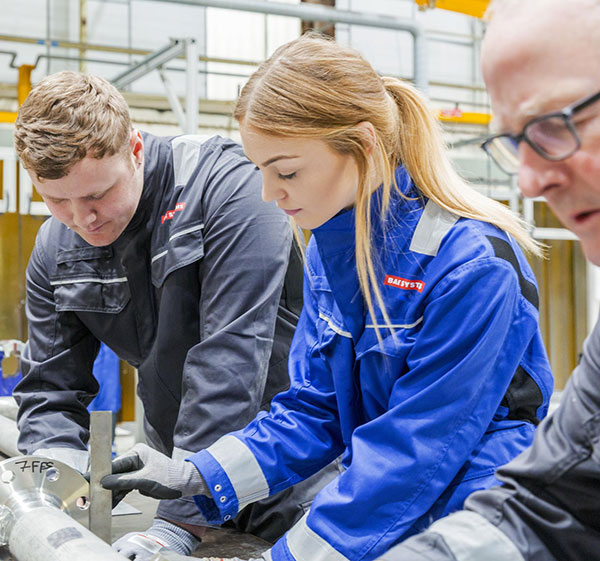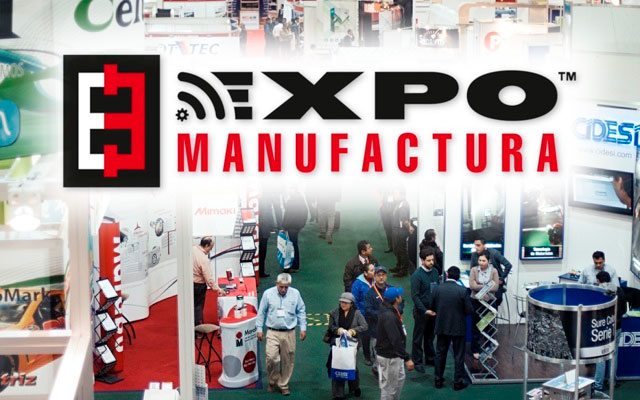Siemens Digital Industries Software has launched Additive Manufacturing (AM) Path Optimizer, a beta technology integrated in NX software, to help customers solve overheating challenges and help reduce scrap and increase the production yield of powder bed fusion manufactured parts. This latest extension of Siemens’ end-to-end AM solution feeds the digital thread, informing each step of the industrialised AM process.

Building on the Simcenter Additive Manufacturing Process Simulation solution announced in November 2018, AM Path Optimizer complements Siemens’ strategy for the digital twin of the manufacturing process and addresses errors originated from sub-optimal scan strategies and process parameters. These can lead to systematic failures due to overheating, which can cause scrap and inconsistencies in component quality.
Siemens has had success demonstrating this beta technology with Trumpf as a partner.
“With the AM Path Optimizer, Siemens and Trumpf can push the industrialisation of additive technologies further forward,” says Jeroen Risse, AM expert at Trumpf. “In our demonstrations we saw an improvement of geometrical accuracy, the elimination of re-coater errors caused by overheating, as well as a more homogenous surface quality. Also, the scrap rate is expected to be reduced significantly.”
The technology uses a novel approach, combining physics-based simulation with machine learning to analyse a full job file in few minutes before execution on the machine. In addition, the system can help reduce printing costs and enable the printing of components that are nearly impossible to achieve today.
“AM Path Optimizer will have a great impact on the use of AM for powder bed fusion manufactured parts,” states Zvi Feuer, senior vice president of manufacturing engineering software at Siemens Digital Industries Software.
For further information www.siemens.com
























